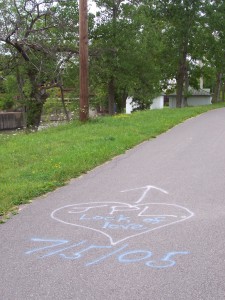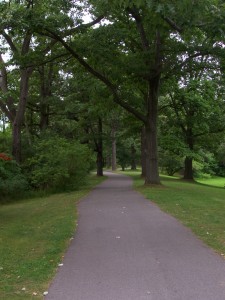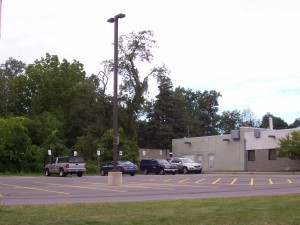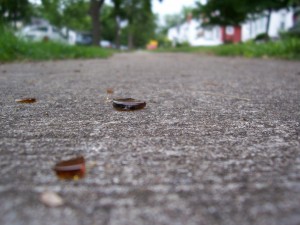I have been attending University of Rochester's OnFilm's (also facebook) Community OnFilm screenings the past couple weeks. Last week I got to see In film nist (This is Not a Film) and Stellet licht (Silent Light). This is Not a Film documents a day-in-the-life of Iranian filmmaker Jafar Panahi after he was arrested, jailed, and censored from making films for 20 years. It's sad, hopeful, tense, and powerful. Silent Light is unique in that it is Mexico's first film not in Spanish — rather in Plautdietsch, a dialect spoken by the Russian Mennonites who also star in the film. It follows one farmer's test of faith in a beautifully meditative way.
So this week they screened The Decay of Fiction, and Bedwin Hacker. The Decay of Fiction is an experimental film that uses optical overlay of characters onto still or time-lapse images of the decaying Ambassador in Los Angeles — once a grand hotel (site of the Academy Awards in the 1930's and, as history would have it, the assassination of Robert Kennedy) that closed in 1989 and had gradually been falling apart ever since. It sort of follows ghostly figures from movies (or lives?) past as they appear and disappear in the halls, all while seeming to believe in the continuity of their existence. The work does not let on what must have been a quite large budget to handle all the overlaid shots with their respective crews, and the elaborate special effects that allow all of it to appear so magically seamless (or not, as the art dictated.) My mind fell into dream-logic trying to understand the jumbled stories, and my logic kept popping up to theorize how the shots were constructed.
As for Bedwin Hackers, let me start by getting my sexist comments out of the way: you had me at "gorgeous bi-sexual female hackers."
Okay. Enough of that now.
I have long theorized how interesting it would be if all the roles in the film were cast against stereotype (e.g. women computer geeks, men as pawns and eye-candy) and this film fully accomplished that end. It is ultimately a cat-and-mouse game between two top computer hackers — at stake is control of satellite TV transmissions. The underdog hackers terrify TV operators by feeding taunting messages over the usual propaganda; and worse, by capturing the imagination of the populace.
Oh, and it's set in Tunisia and France with a bilingual Arabic and French dialog (subtitled in English for monolingual slobs like me.)
(And one final perk: refreshments have included coffee in the 96-ounce to-go bag-in-box containers I have been asking for on Craigslist for some time.)
![]()




